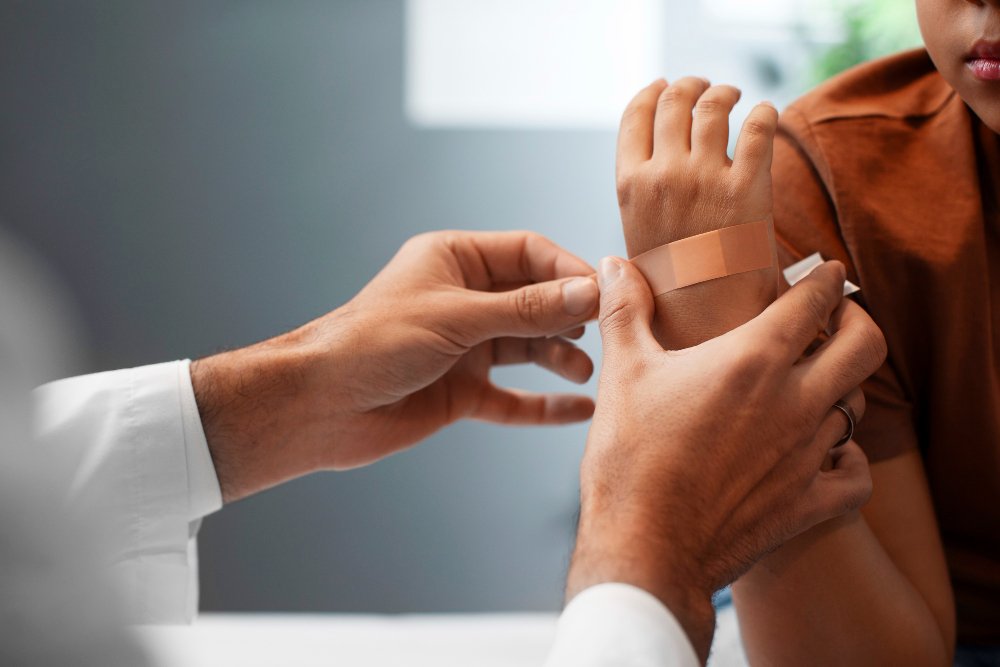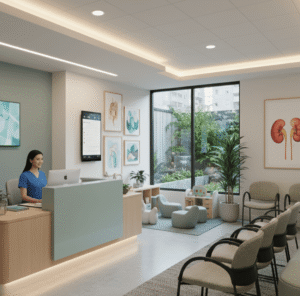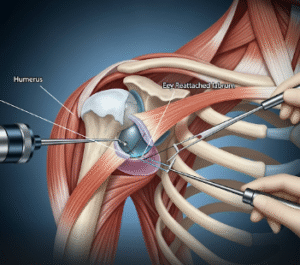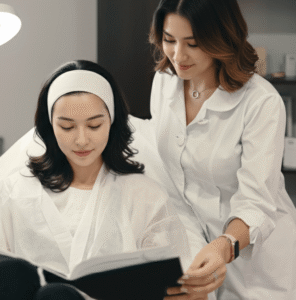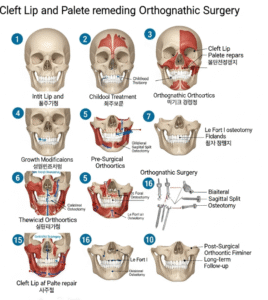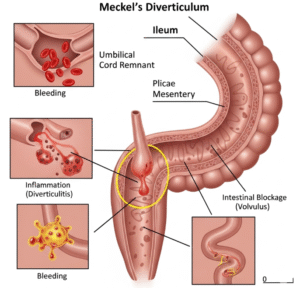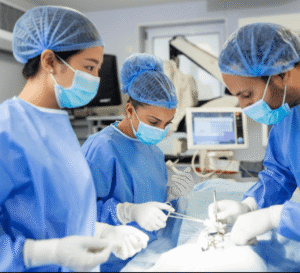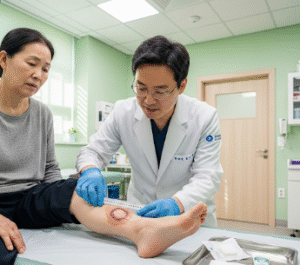Overview
Clubfoot, medically known as talipes equinovarus, is a congenital deformity in which one or both feet are twisted out of their normal position. The foot may point downward and inward, making walking and mobility difficult if untreated. In South Korea, clubfoot is effectively managed through early intervention, including non-surgical methods like the Ponseti casting technique and advanced surgical options when necessary, allowing children to achieve normal function and mobility.
What is Clubfoot?
Clubfoot is a structural deformity present at birth, affecting bones, muscles, tendons, and blood vessels in the foot and lower leg. The affected foot may appear rotated internally, with the sole pointing downward. It can be isolated (idiopathic) or associated with other conditions, such as spina bifida or neuromuscular disorders. Early treatment is crucial for optimal outcomes.
Symptoms
- Foot twisted inward and downward
- Shortened Achilles tendon
- Tightness of foot and ankle muscles
- One or both feet affected
- Difficulty walking or delayed walking if untreated
- Calf muscles on the affected leg may be underdeveloped
Causes
- Exact cause is often unknown (idiopathic)
- Genetic predisposition (family history increases risk)
- Neuromuscular conditions (e.g., spina bifida)
- Environmental factors during pregnancy, though rare
Risk Factors
- Family history of clubfoot
- Male infants are more commonly affected
- Twin pregnancies
- Certain maternal factors (smoking during pregnancy, limited prenatal movement)
- Association with congenital syndromes or neuromuscular disorders
Complications
- Walking difficulties or abnormal gait if untreated
- Foot pain or arthritis in later life
- Muscle imbalance and leg length discrepancies
- Need for corrective surgery if non-surgical methods fail
- Psychological impact due to visible deformity
Prevention
There is no guaranteed prevention for idiopathic clubfoot. However:
- Prenatal care and maternal health optimization may reduce risk
- Early detection through prenatal ultrasound allows for timely planning of postnatal treatment
- Genetic counseling in families with a history of clubfoot
Treatment Options in Korea
South Korea offers world-class orthopedic care for clubfoot, with a focus on both non-surgical and surgical management.
- Non-Surgical Treatments
- Ponseti Method: Gentle manipulation and serial casting over weeks to correct foot alignment
- Bracing (Foot Abduction Brace): To maintain correction and prevent relapse
- Physical therapy: Stretching and strengthening exercises
- Surgical Treatments
- Tendon lengthening or release: Commonly Achilles tendon
- Osteotomy or soft tissue reconstruction: For severe or rigid cases
- Surgery is typically considered if non-surgical methods fail or if the deformity is complex

